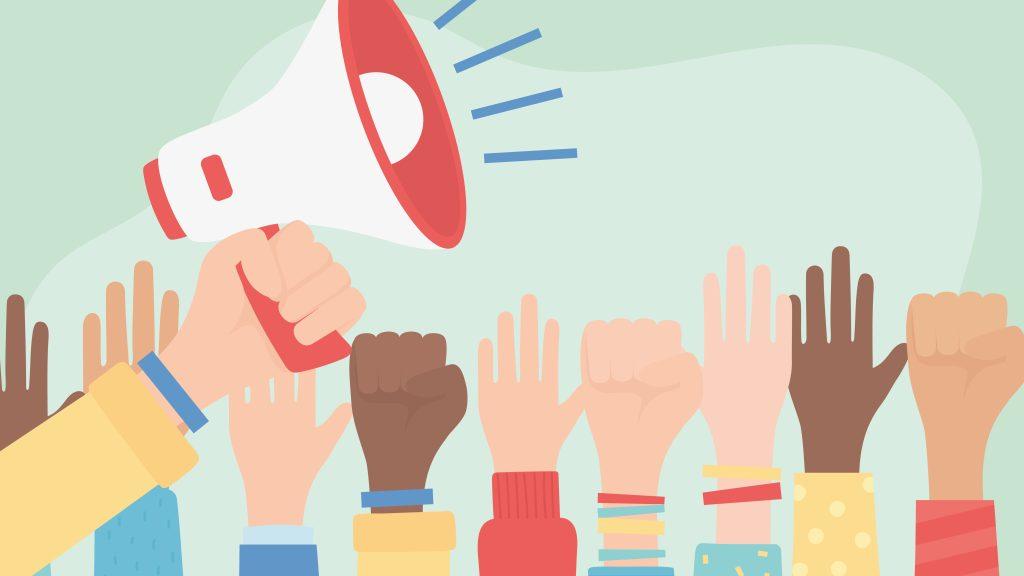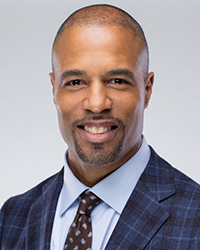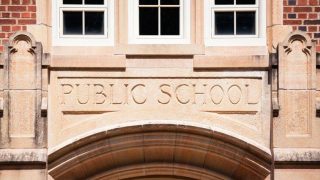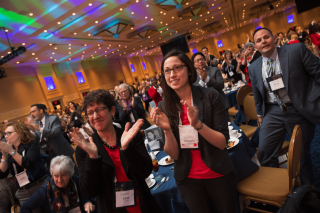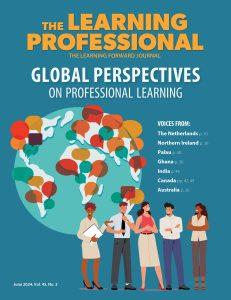When the U.S. Department of Education released results from “the nation’s report card” yesterday, the results were not altogether surprising. The negative impact of COVID on educators and students has been well-documented. But the size and significance of declines in student achievement were startling.
For the first time in the 50-year history of the National Assessment of Educational Progress (NAEP), there was a statistically significant decline in 9 year olds’ reading and math scores over the past two years. Declines were steepest for Black and Brown students, and for students who were already struggling academically, but students of all backgrounds and abilities lost ground.
Our students’ and educators’ needs warrant all the media coverage we’re seeing today. But as you read the bleak headlines and hear the outraged commentaries, I urge you to focus on taking action. It is undeniably important to document the trends in our students’ learning, but it is even more important to take steps to improve those trends.
Investing in professional learning should be the first step. Teachers and leaders need support to develop the knowledge and skills to address an unprecedented scope of student learning needs. Every discussion about Covid recovery should address how to ensure they get that support.
Take action to address declining NAEP scores. Invest in professional learning. Share on XThe last few years of unpredictability have shown us just how important it is to attend to the learning needs of educators in order for them to address the learning needs of students. We saw increased attention to teacher learning with virtual teaching, as educators scrambled to learn new technologies. But the need for new knowledge and skills didn’t end with the return to school buildings. The declines in NAEP scores make clear that we are in a situation we’ve never seen before and that teachers have an array of new challenges. They include how to accelerate learning for students who are behind and how to differentiate instruction to learners with widely varying skills – not to mention the unprecedented scope of social and emotional challenges that were not assessed by NAEP but have been documented elsewhere.
In this context, it is clear that access to high-quality professional learning for all educators is an urgent equity issue. We can no longer tolerate the lack of supports and resources for educators who serve the most vulnerable students, those from under-resourced neighborhoods and historically marginalized communities – those very same students who have felt the effects of the pandemic most strongly and whose achievement has suffered the most.
It is time to acknowledge that professional learning is not a bonus or a “nice to have.” Research shows that high-quality professional learning aligned to the Standards for Professional Learning leads to improvements in teacher practice and student learning. In particular, job-embedded, sustained professional learning such as coaching makes a difference, as does professional learning tied to high-quality curriculum and instructional materials. Studies also show that investing in the development of principals and assistant principals leads to improved school and student outcomes. Professional learning should not be an item to check off a list or “another thing to do,” but a core strategy for improvement.
Let’s use the NAEP results as a reminder to do what we know makes a difference for both educators and the students they support. We all have a lot to learn. Let’s work together to make sure we do – right now, when our educators and students need it most.

